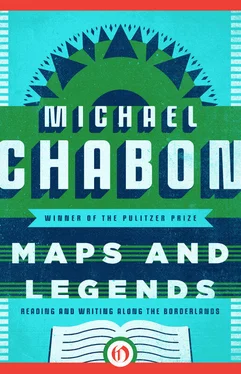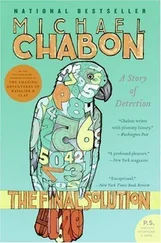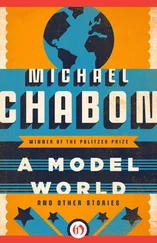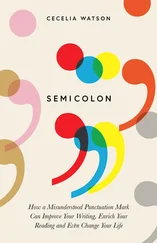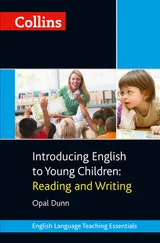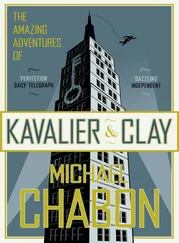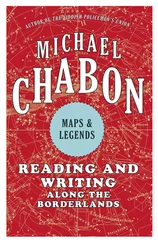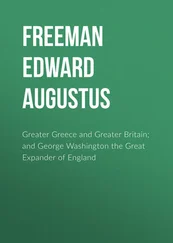FOR AT LEAST THE first forty years of their existence, from the Paleozoic pre-Superman era of Famous Funnies (1933) and More Fun Comics (1936), comic books were widely viewed, even by those who adored them, as juvenile: the ultimate greasy kids’ stuff. Comics were the literary equivalent of bubble-gum cards, to be poked into the spokes of a young mind, where they would produce a satisfying — but entirely bogus — rumble of pleasure. But almost from the first, fitfully in the early days, intermittently through the fifties, and then starting in the mid-sixties with increasing vigor and determination, a battle has been waged by writers, artists, editors, and publishers to elevate the medium, to expand the scope of its subject matter and the range of its artistic styles, to sharpen and increase the sophistication of its language and visual grammar, to probe and explode the limits of the sequential panel, to give free reign to irony, tragedy, autobiography, and other grown-up-type modes of expression.
Also from the first, a key element — at times the central element — of this battle has been the effort to alter not just the medium itself but the public perception of the medium. From the late, great Will Eisner’s lonely insistence, in an interview with the Baltimore Sun back in 1940 ( 1940! ), on the artistic credibility of comics, to the nuanced and scholarly work of recent comics theorists, both practitioners and critics have been arguing passionately on behalf of comics’ potential to please — in all the aesthetic richness of that term — the most sophisticated of readers.
The most sophisticated, that is, of adult readers. For the adult reader of comic books has always been the holy grail, the promised land, the imagined lover who will greet the long-suffering comic-book maker, at the end of the journey, with open arms, with acceptance, with approval.
A quest is often, among other things, an extended bout of inspired madness. Over the years this quest to break the chains of childish readership has resulted, like most bouts of inspired madness, in both folly and stunning innovation. Into the latter category we can put the work of Bernard Krigstein or Frank Miller, say, with their attempts to approximate, through radical attack on the conventions of panel layouts, the fragmentation of human consciousness by urban life; or the tight, tidy, miniaturized madness of Chris Ware. Into the former category — the folly — we might put all the things that got Dr. Frederick Wertham so upset about EC Comics in the early fifties, the syringe-pierced eyeballs and baseball diamonds made from human organs; or the short-lived outfitting of certain Marvel titles in 1965 with a label that boasted “A Marvel Pop Art Production”; or the hypertrophied, tooth-gnashing, bloodletting quote-unquote heroes of the era that followed Miller’s The Dark Knight Returns. An excess of the desire to appear grown up is one of the defining characteristics of adolescence. But these follies were the inevitable missteps and overreachings in the course of a campaign that was, in the end, successful.
Because the battle has now, in fact, been won. Not only are comics appealing to a wider and older audience than ever before, but the idea of comics as a valid art form on a par at least with, say, film or rock and roll is widely if not quite universally accepted. Comics and graphic novels are regularly reviewed and debated in Entertainment Weekly, the New York Times Book Review, even in the august pages of the New York Review of Books. Ben Katchor won a MacArthur Fellowship, and Art Spiegelman a Pulitzer Prize.
But the strange counterphenomenon to this indisputable rise in the reputation, the ambition, the sophistication, and the literary and artistic merit of many of our best comics over the past couple of decades, is that over roughly the same period comics readership has declined. Some adults are reading better comics than ever before; but fewer people overall are reading any — far fewer, certainly, than in the great sales heyday of the medium, the early fifties, when by some estimates* as many as 650 million comic books were sold annually (compared to somewhere in the neighborhood of 80 million today). The top ten best-selling comic books in 1996, primarily issues making up two limited series, Marvel’s Civil Wars and DC’s Infinite Crisis, were all superhero books, and, like the majority of superhero books in the post -Dark Knight, post -Watchmen era, all of them dealt rather grimly, and in the somewhat hand-wringing fashion that has become obligatory, with the undoubtedly grown-up issues of violence, freedom, terrorism, vigilantism, political repression, mass hysteria, and the ambivalent nature of heroism. Among the top ten best-selling titles in 1960 (with an aggregate circulation, for all comics, of 400 million) one finds not only the expected Superman and Batman (decidedly sans ambivalence) but Mickey Mouse, Looney Tunes, and the classic sagas of Uncle Scrooge. And nearly the whole of the list for that year, from top to bottom, through Casper the Friendly Ghost (#14) and Little Archie (#25) to Felix the Cat (#47), is made up of kids’ stuff, more or less greasy.
To recap — Days when comics were aimed at kids: huge sales. Days when comics are aimed at adults: not so huge sales, and declining.
The situation is more complicated than that, of course. Since 1960 there have been fundamental changes in a lot of things, among them the way comics are produced, licensed, marketed, and distributed. But maybe it is not too surprising that for a while now, fundamental changes and all, some people have been wondering: what if there were comic books for children?
Leaving aside questions of creator’s rights, paper costs, retail consolidation, the explosive growth of the collector market, and direct-market sales, a lot of comic-book people will tell you that there is simply too much competition for the kid dollar these days and that, thrown into the arena with video games, special-effects-laden films, the Internet, iPods, etc., comics will inevitably lose out. I find this argument unconvincing, not to mention a cop out. It is, furthermore, an example of our weird naïveté, in this generation, about how sophisticated we and our children have become vis-à-vis our parents and grandparents, of the misguided sense of retrospective superiority we tend to display toward them and their vanished world. As if in 1960 there was not a ton of cool stuff besides comic books on which a kid could spend his or her considerably less constricted time and considerably more limited funds. In the early days of comics, in fact, unlike now, a moderately adventuresome child could find all kinds of things to do that were not only fun (partly because they took place with no adult supervision or mediation), but absolutely free. The price of fun doesn’t get any more competitive than that.
I also refuse to accept as explanation for anything the often-tendered argument that contemporary children are more sophisticated, that the kind of comics that pleased a seven-year-old in 1960 would leave an ultracool kid of today snickering with disdain. Even if we accept this argument with respect to “old-fashioned” comics, it would seem to be invalidated by the increasing sophistication of comic books over the past decades. But I reject its very premise. The supposed sophistication — a better term would be knowingness —of modern children is largely, I believe, a matter of style, a pose which they have adapted from and modeled on the rampant pose of knowingness, of being wised up, that characterizes the contemporary American style, and has done at least since the late fifties-early sixties heyday of Mad magazine (a publication largely enjoyed, from the beginning, by children). Even in their irony and cynicism there is something appealingly insincere, maladroit, and, well, childish about children. What is more, I have found that even my own children, as knowing as they often like to present themselves, still take profound pleasure in the old comics that I have given them to read. My older son has still not quite recovered from the heartbreak he felt, when he was seven, reading an old “archive edition” of Legion of Superheroes, at the tragic death of Ferro Lad.
Читать дальше
Конец ознакомительного отрывка
Купить книгу
